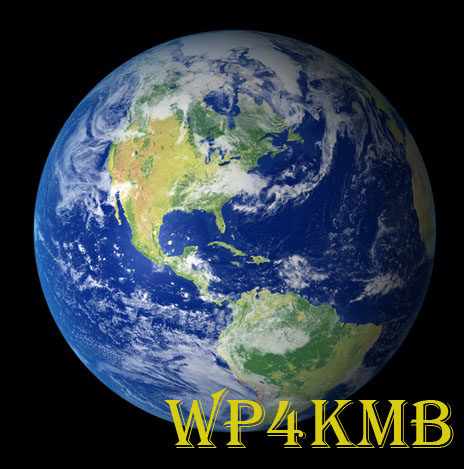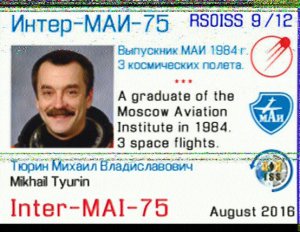ISS SSTV in late December
ISS SSTV in late December
 The ARISS team will be supporting Slow Scan TV (SSTV) operations from the International Space Station during the period of December 26-31.
The ARISS team will be supporting Slow Scan TV (SSTV) operations from the International Space Station during the period of December 26-31.
The images will be related to lunar exploration. The transmissions should be available worldwide on 145.800 MHz FM. The planned SSTV mode is PD 120.
Planned start and stop times are currently listed as:
Start – Dec 26 about 18:25 GMT
Stop – Dec 31 about 17:05 GMT
The signal should be receivable even on a handheld with a 1/4 wave whip. If your rig has selectable FM filters try the wider filter for 25 kHz channel spacing.
Check the ARISS SSTV blog for the latest information http://ariss-sstv.blogspot.com/
ARISS SSTV Award https://ariss.pzk.org.pl/sstv/
The signal from the ISS should be receivable outdoors on a handheld with a 1/4 wave whip although tracking the ISS with a small handheld beam will give better results. If your rig has selectable FM filters try the wider filter for 25 kHz channel spacing.
You can get predictions for the ISS pass times at https://www.amsat.org/track/
Useful SSTV info and links https://amsat-uk.org/beginners/iss-sstv/
m5aka
AMSAT-UK
Powered by WPeMatico




